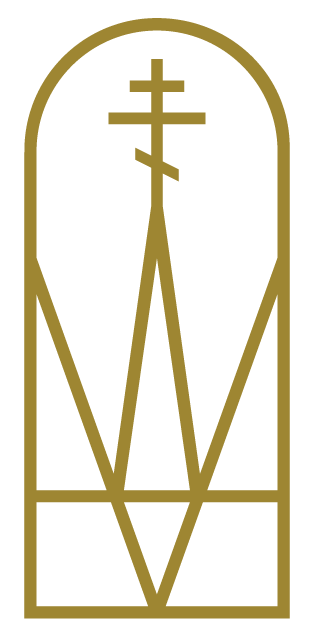Symbolism of the Ukrainian Easter Basket
As excerpted from the book "From Baba, With Love" by UWAC, Hanka Romanchych Branch (2011).The Easter Breads: Paska and Babka
Bread is symbolic of Jesus Christ, the "Living Bread" who "came down from heaven to give life eternal to the world". The richness of these breads, both in ingredients and in decoration, reflects the special meaning that they hold. Bread reminds us of Jesus who, in the Eucharist, is the true bread of everlasting life and who nourishes our souls as the bread nourishes our bodies. Paska bread is always round in shape, and decorated with a dough braid around the perimeter, and an ornamental cross in the middle. The Cross reminds Christians that Christ died on the Cross for their salvation. Babka bread is a very rich and light bread that is usually baked in cans (often known in some parts of Ukraine and Russia as kulitch).
The breads, rich and sweet are made with milk, butter, eggs, and specifically made with yeast. The yeast is a symbol of the New Covenant; the Jews made unleavened bread, and since we are children under the New Covenant, we make leavened bread.
The Lit Candle
A lit candle placed in the centre of the Paska is symbolic of the radiance of the resurrected Christ, "The Light of the World".
The Easter Eggs: Pysanky and Krashanky
Eggs - brightly coloured or dyed red [as some other Christian nations do], eggs symbolize new life and the resurrection. The boiled egg, which we crack, reminds us of the tomb from which Christ arose. This is because of the miracle of new life which comes from the egg, just as Christ miraculously came forth from the tomb, shattering the bonds of sin. [There are some traditions that believe that dyeing the egg red is due to the miracle with St. Mary Magdalene when the egg in her hand miraculously turned red as she proclaimed "Christ is Risen" to the non-believing Emperor.]
Pysanky are highly decorated eggs which symbolize the renewed life of spring and Christ's Resurrection. They are written using a wax-resist technique similar to batik on cloth. Individual motifs are symbolic as are the colors employed. Pysanky are exchanged during the Easter festivities as a token of esteem or affection. Krashanky are hard-boiled eggs dyed a solid color. One krashanka is peeled and cut into as many pieces as there are attendees to the Easter brunch and shared by all members of the family to "break the fast" and to show family unity and hope for a good life in the year ahead.
The Meat Products: Ham, Roasted Lamb, Sausage
All meat products represent the animals used in sacrifice in the Old Testament and remind us of the sacrifice of our Savior Jesus Christ who became for us "lamb of God, taking away the sins of the world." Roasted lamb is symbolic of Jesus, the Paschal Lamb by whose blood we are saved. Sausage represents the links of the chain of death which were broken when Christ rose from the dead. Baked ham is a very popular meat for the Slavs as the main dish, because of its richness. It is symbolic of the great joy, and abundance of Easter.
The Dairy Products: Butter and Cheese
All dairy products are related to the prophecies which told of the prosperity and peace of the Messianic times and are symbolic of the special gifts which God gives us. Butter – a favourite dairy product, is usually nicely displayed and decorated with a cross made out of cloves, or allspice grains. Some prefer to mold it into a shape of a Lamb. Butter is symbolic of the goodness of Christ, that we should have toward all things. Cheese – creamed (or custard-cheese) cheese, or “Hrudka”, a sweetened cheese ball, decorated with same herbs as the butter, indicative of the moderation that Christians should have in all things.
The Horseradish, Beets and Salt
Horseradish was part of the original Passover meal as a reminder to the Jewish people of the bitterness and harshness of life in Egypt. To Christians, the horseradish represents the bitterness of sin and the hardships we must go through in life because of the original sin. The horseradish sweetened with red beets reminds us of the bitterness of the Passion of Christ which He overcame in glory through His Sacrifice and Resurrection.
Salt is a reflection of Christ's words (Matthew 5:13-16):
“You are the salt of the earth; but if the salt loses its flavour, how shall it be seasoned? It is then good for nothing but to be thrown out and trampled underfoot by men.”
As Christians, we are called to be the "salt of the earth," to give "flavour" and meaning to human life on earth by living according to the Gospel; and thus, to preserve human life from moral corruption and decay.
Basket Cover
Basket Cover (Cloth) - the cover reminds us of Christ’s burial shroud. A traditional basket cover is made with a white cloth embroidered with the words, “Christ is Risen,” or “Христос воскрес” or simply “ХВ.”




